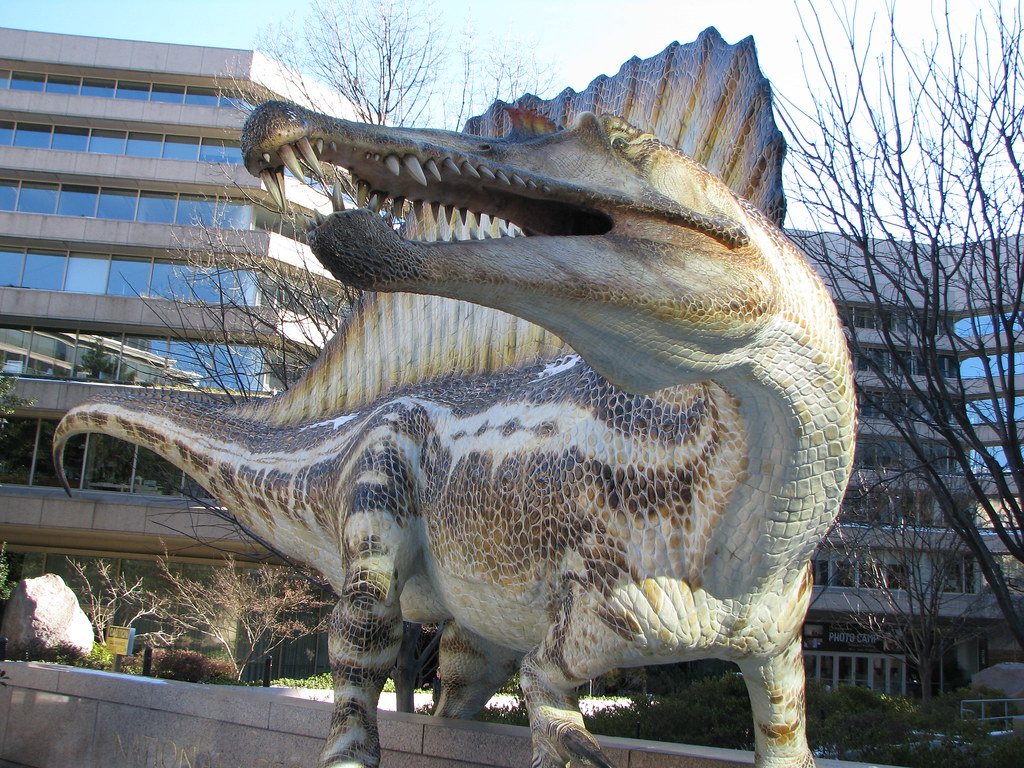The Twelve Mile Circle blog fixates on geography and travel. Naturally then, it appreciates the accomplishments of the National Geographic Society over its 120 year history. What many readers may not know is that members of the public can get a peek at the results of some of their research. The society runs a small museum maintained within their Washington, DC headquarters (map).
Visiting

Built into the ground-level Explorers Hall, the museum contains a variety of exhibits, photographs and interactive displays. It’s a bit off the beaten path, among a canyon of low-slung office buildings filled with K Street lobbyists. Thus it’s removed from the normal congregation of tourists collecting at landmark monuments along the National Mall.
It has less name recognition than the many massive Smithsonian Institution facilities located throughout the city. However, it still offers plenty of rewards for geography aficionados willing to seek it out.
Continuously Rotating Exhibits

We stopped by recently for a visit. Exhibits rotate frequently so it’s best to check the website and see what’s available. During our tour they featured “Frogs! A Chorus of Colors.”
This bright blue and black critter sat within a large, glass-walled enclosure with dozens of other poison dart frogs, part of a hopping rainbow of neon hues.

A dinosaur display sat in a separate lobby across an outdoor courtyard adorned with Albatross photographs. Here, National Geographic presented the results of its unearthing of a new dinosaur species, the Nigersaurus. This dinosaur had recently received significant press attention due to the unusual shape of its mouth. Its face looked like a prehistoric vacuum cleaner.
Even though the National Geographic Museum is removed from the normal tourist destinations, it is not difficult to find. A short walk from either the Farragut North or Farragut West subway stations will do the trick. And yes, as anyone would expect from this organization, they have a map.

Leave a Reply